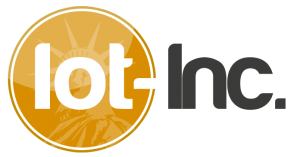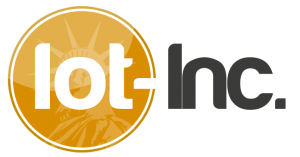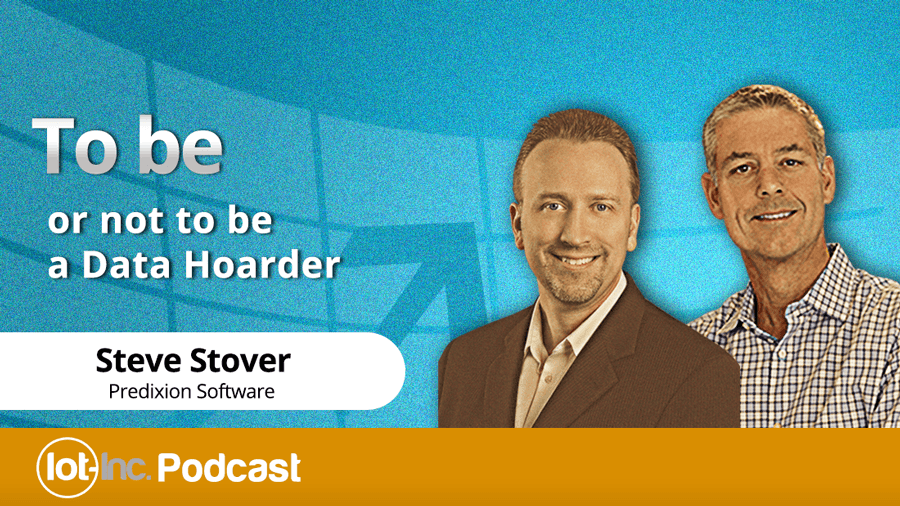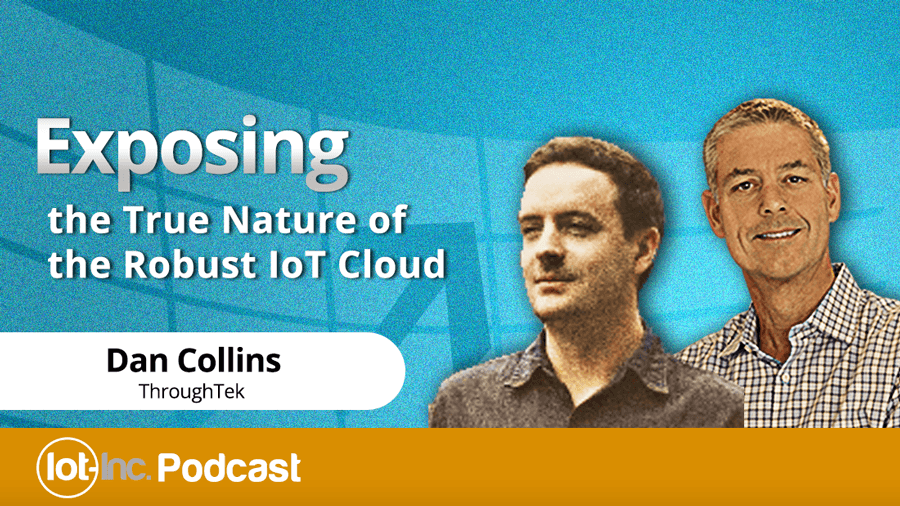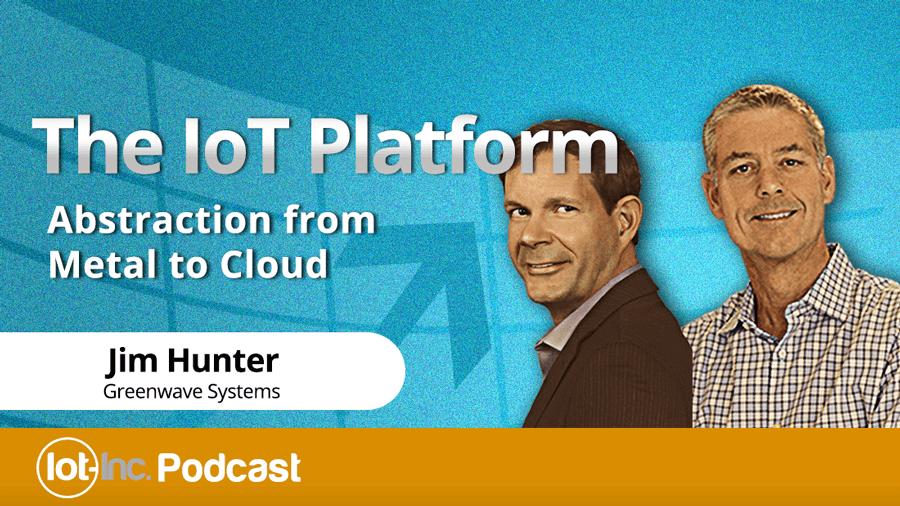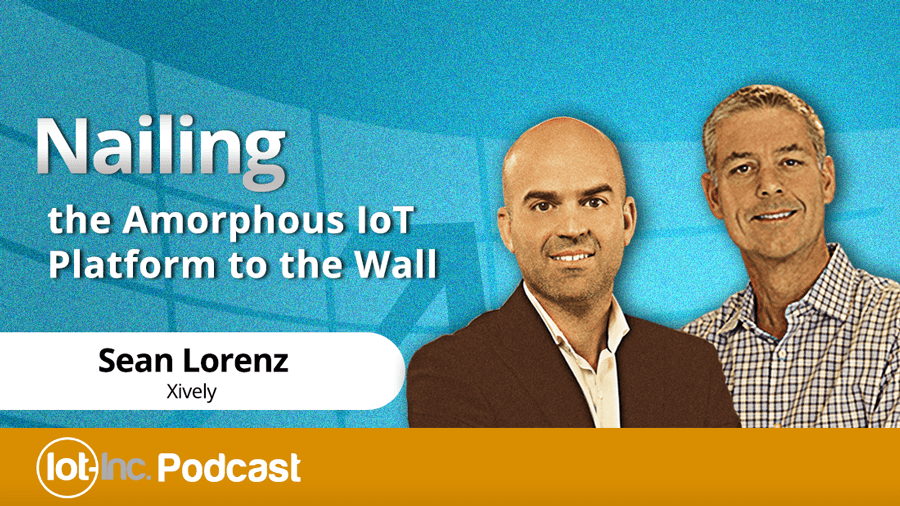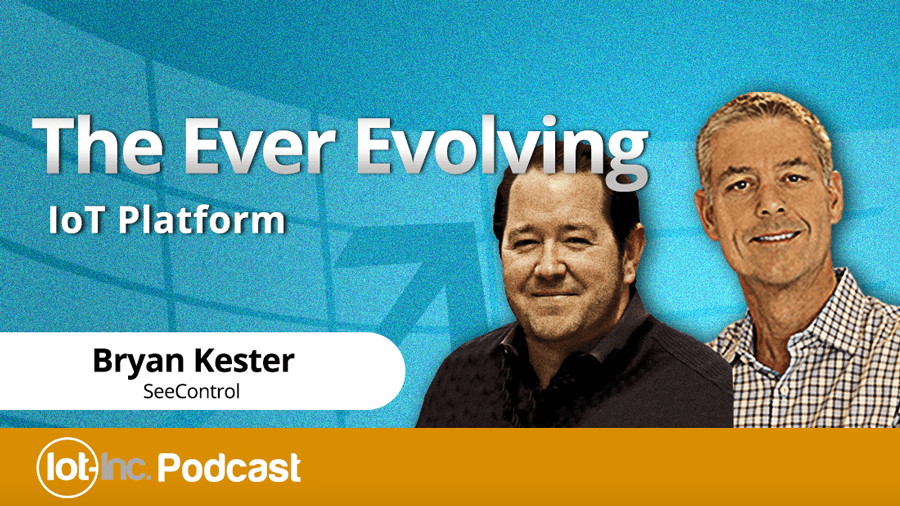23 Jun Hot Rods and IoT Databases Tuned for Analytics
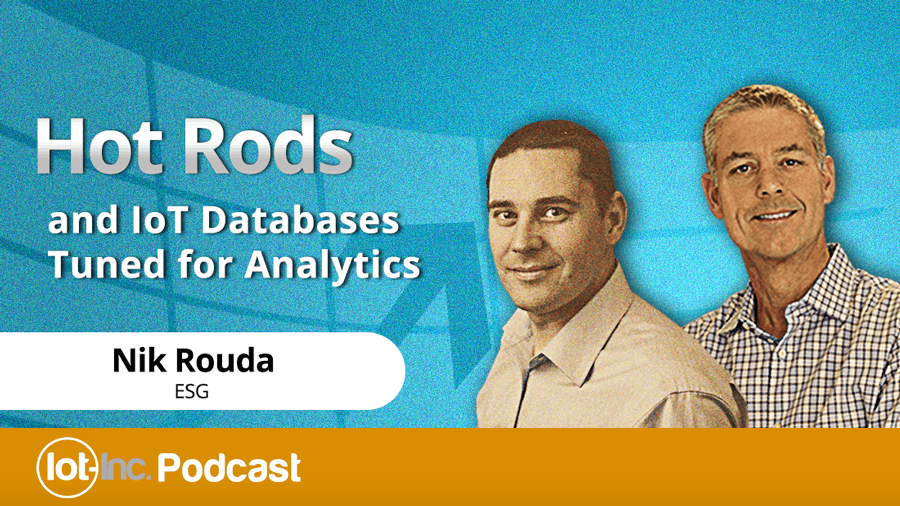
Episode 23
Column-based versus row-based, SQL versus NoSQL and streaming versus batch are three of the most important dimensions to consider choosing your IoT database. But let’s get something clear, databases are two levels of indirection beyond what’s truly important: the IoT information you require. Databases support analytics support information. Having said that, the informed business manager on databases will ask the right questions and set the right priorities during ideation of the IoT product.Listen to this podcast (or read the transcript) with Nik Rouda who breaks down the data environments used in IoT today ...
